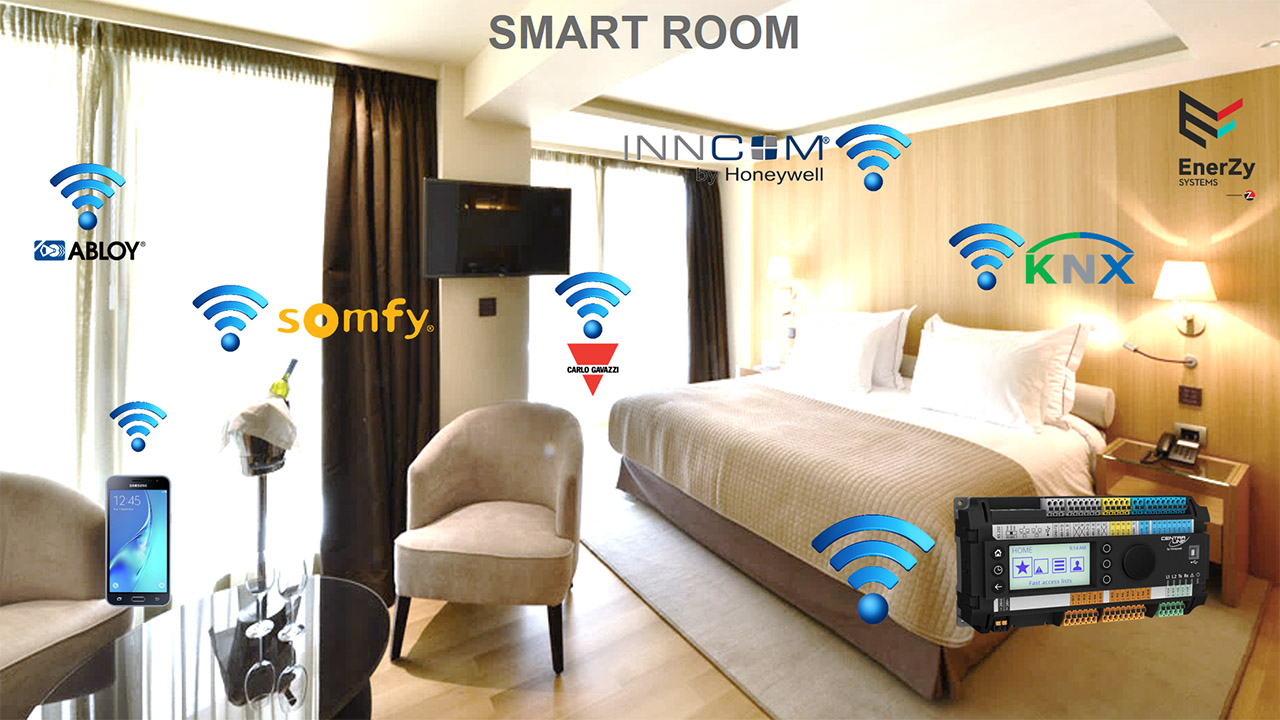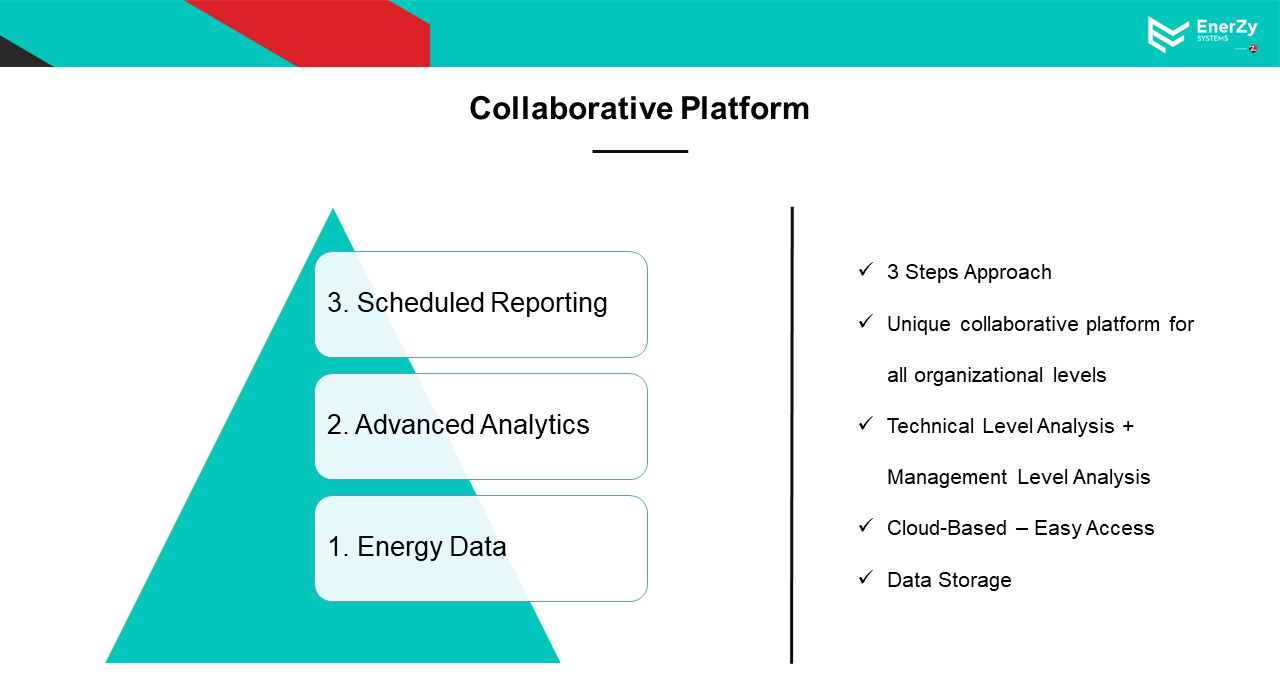The role of modern automation systems in hotel energy management
The idea of a smart hotel is one of the most important trends in hospitality (tourism) industry nowadays. In this new hotel era where the experience offered to the visitor, the so-called customer experience, is of the utmost importance and, at the same time, the reduction of operating costs is crucial for the survival of the company itself, the integration of new technologies is the only way forward.
Although the overall picture seems particularly auspicious with the total revenues in the industry exceeding 15 billion euros, the Airbnb type platforms and the digital technologies that have significantly strengthened the bargaining power of the customers, have created a grey area that deserves specific attention.
But what makes a hotel smart at an E/M equipment level?
On the customer side, smart is the hotel that offers the best conditions of comfort with as little as possible involvement, both in the room and in the public areas of the hotel, while giving the possibility through modern applications (mainly via mobile phone or tablet), to perform small interventions, if required. This is how the personalization that modern travellers, who increasingly use digital tools seek, is achieved. With the Millennials being the target group, personalization will grow significantly in the coming years. Hotels should adjust all their services, from the booking process to preferences with regard to lighting and temperature, to keep up with the digital age. The hoteliers that will be able to ensure effective personalization of services via mobile devices will be the strongest brands.
From the perspective of the manager, a smart hotel is the one that minimizes the energy costs without sacrificing the valuable amenities offered to the customers, and optimizes the management of resources and human workforce.
How is the combination of all of the above factors achieved?
In order to be able to achieve the combination of all of the above mention factors by creating a ‘golden ratio’ between the needs of the hotelier and the customer, a Unified Integrated Management System should be installed which will have the potential to collect all necessary information from the individual hotel systems, under a joint collaboration environment which will offer full interaction between them and at the same time will be freely programmable and fully expandable so that any scenario required by the relative application can be implemented.
Such a system is structured in three levels
-
A’ Level – Local Automation
The local automation consists of Integrator Plant Controllers, which have the ability to manage and speak with any equipment in the building, either through contacts and sensors, or through protocols. The protocols that should be supported are both the well-known open (Modbus, Bacnet, KNX, etc.) and the closed proprietary (Danfoss, Notifier, etc.) protocols with the development of the corresponding driver, in order to ensure interconnection with the whole E/M equipment.
The controllers, in addition to the interconnection, offer Data Acquisition and the possibility of local handling and management through a Web Server from any Web Browser, including Smartphones. Also, there is the possibility of developing a graphic environment, so that the Man Machine Interface (ΜΜΙ) will be particularly attractive and friendly to the local user.
A very important function which is also achieved by the use of this type of controllers, is Cross – Application Safety. Through the integration of all the systems relating to safety (Access control, CCTV, Fire, etc.) in one system, the response time in emergencies is significantly reduced. For example, a camera can automatically turn to a point where fire has been reported from the fire detection system and at the same time the air conditioning in this area can be turned off.
Finally, the processing power offered by modern controllers is so increased that in the event of upgrades or future expansions a simple change in the License will be sufficient and no intervention at Hardware level will be needed.
-
B’ Level – Connectivity
The controller and the central platform are connected via an Ethernet TCP/IP network, through both wireless and wired network using new IoT technologies, giving first priority to the safety of data transfer. The controllers incorporate best practices in Cyber Security, with features such as Java free access via Web Browser, Signed Firmware, application and communication encryption, role-based access using codes and finally Audit Log for traceability of any action.
-
C’ Level – Central Management Platform
In order to be an End-to-end solution, the system must be completed with a joint platform that will improve strategic decision making, allowing for the optimization of performance and energy savings, while, at the same time, integrating Data Analytics and Business Intelligence functions.
The platform can handle large amounts of data (Big Data) from a variety of different sources (ms excel, SQL, OPC, 3rd Party Software) creating hierarchies, to allow the direct and effective access to the operations of the hotel.
All of the above, in conjunction with the interconnection of the reservation system, offer an integrated environment which can automatically run smart scenarios that considerably improve the comfort conditions for the customer (e.g. cooling preparation based on the arrival time of the customer and Welcome scene in lighting), while offering savings and organization of maintenance and cleaning crews.
However, the system does not stop in the field of operation and savings, but by combining financial information it may also receive from the reservation system or even from an ERP software, it has the possibility to export automated reports intended for the Operator of the hotel, based on which he/she can develop specific strategies and investment plans for the future.
Advantages of Integration
• Operation improvement and Overall management of the installation
• Timely prevention and Targeted maintenance
• Energy savings and OPEX reduction
• Conclusions drawn based on reports and history data
• Environmental awareness among employees and customers
• Improved response times to events and alarms




